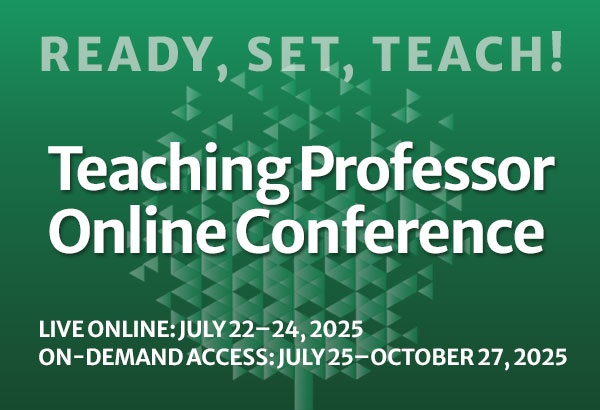Selecting Online Learning Technologies: An Interview with Tony Bates
With so many technologies available to enhance online learning, it’s important to choose wisely. In an interview with Online Classroom, Tony Bates, an e-learning and distance education planning and management consultant, offered some insights on what to consider when making technology choices. We offer an excerpt of that interview here.




